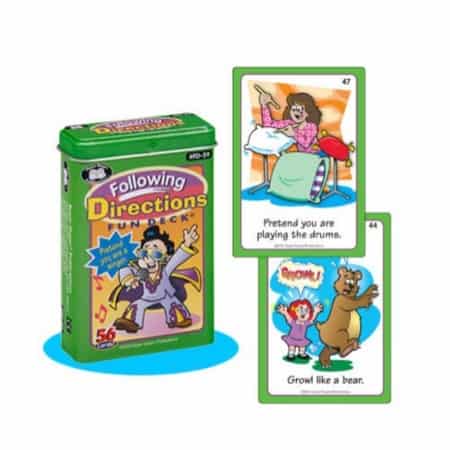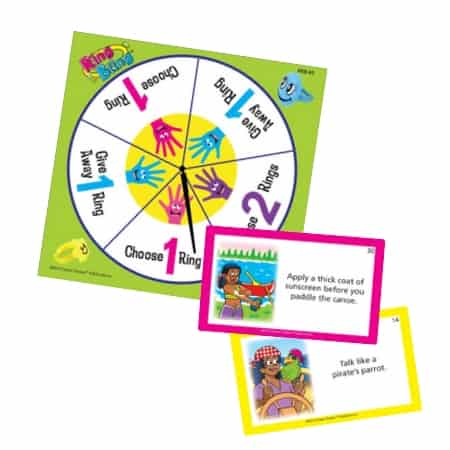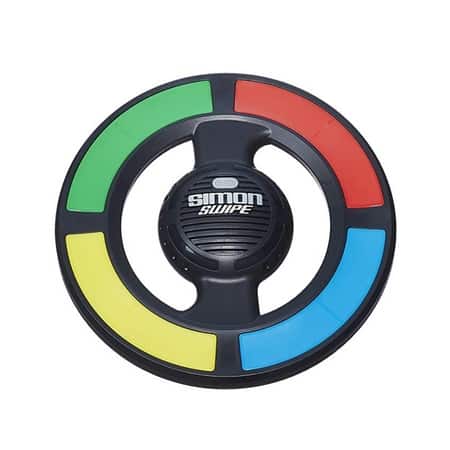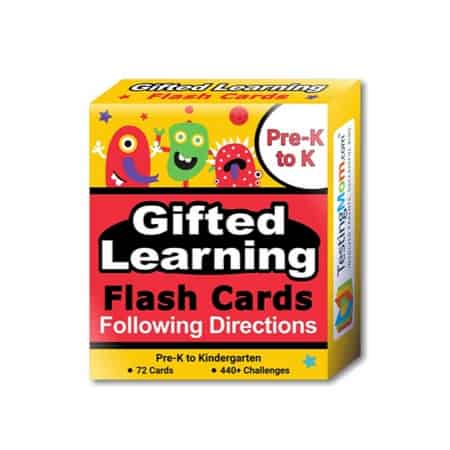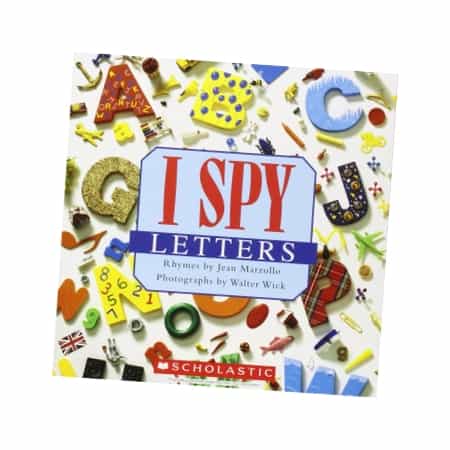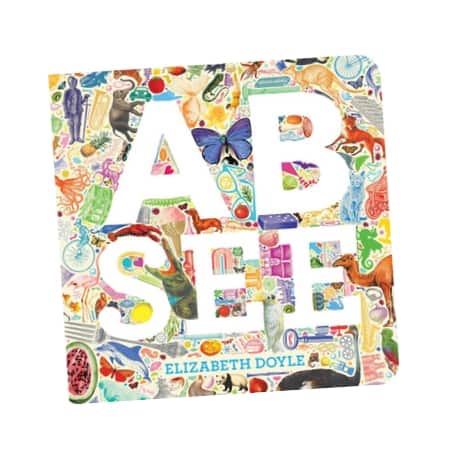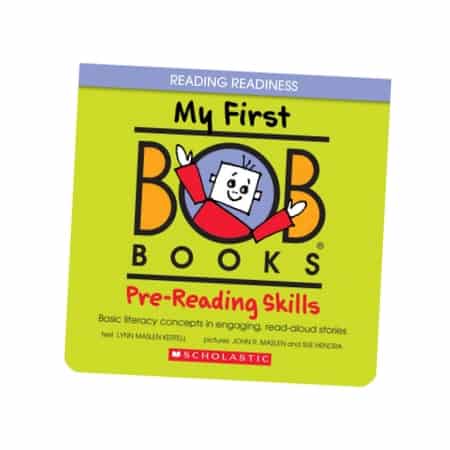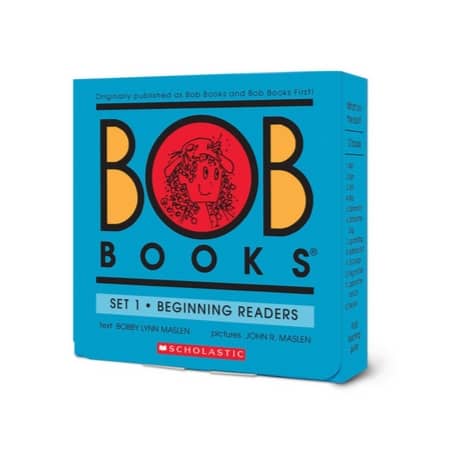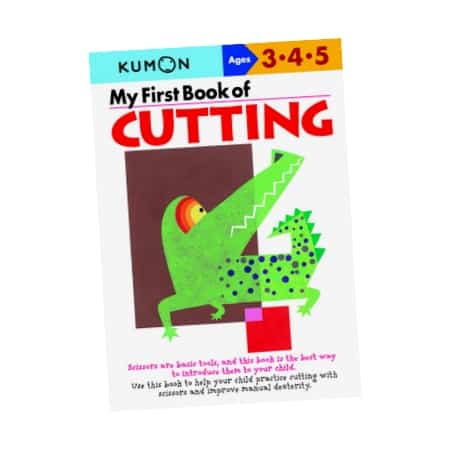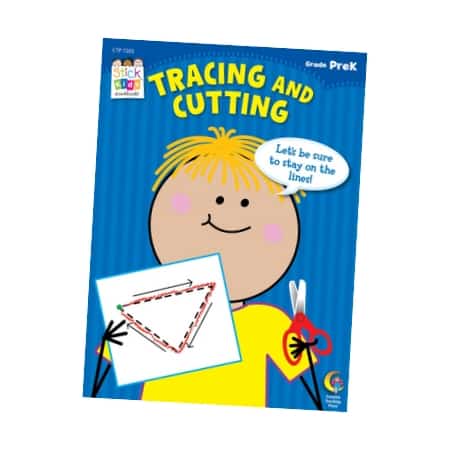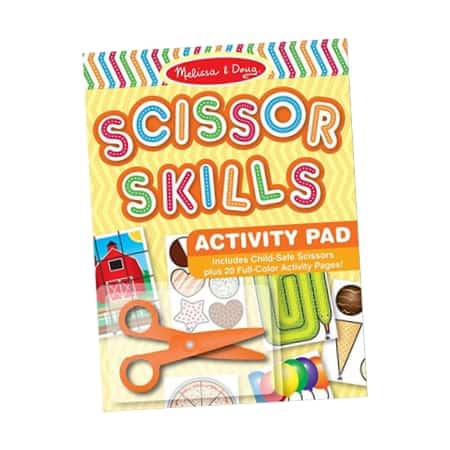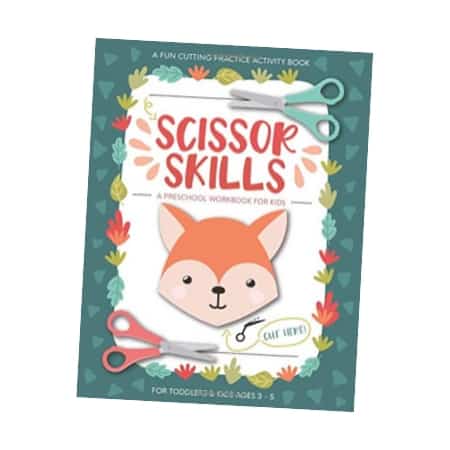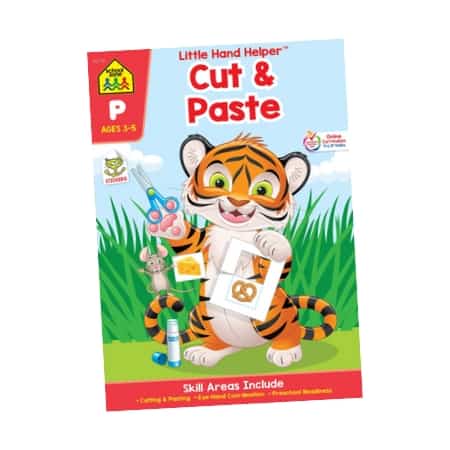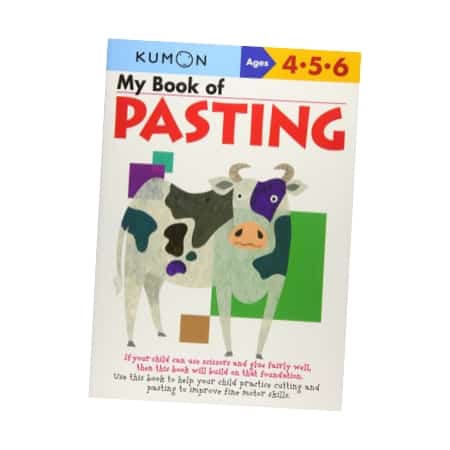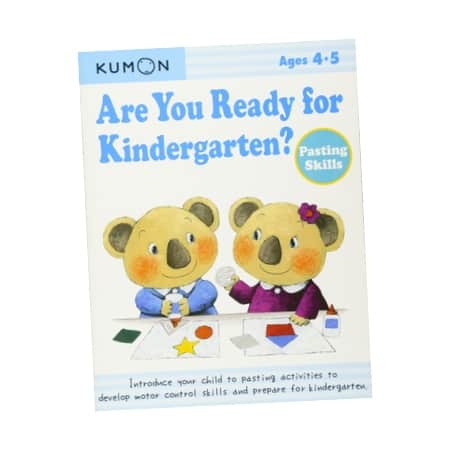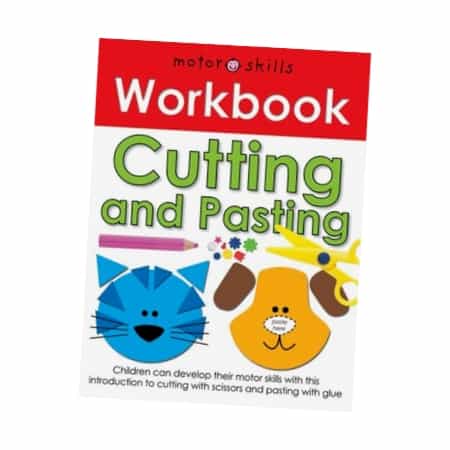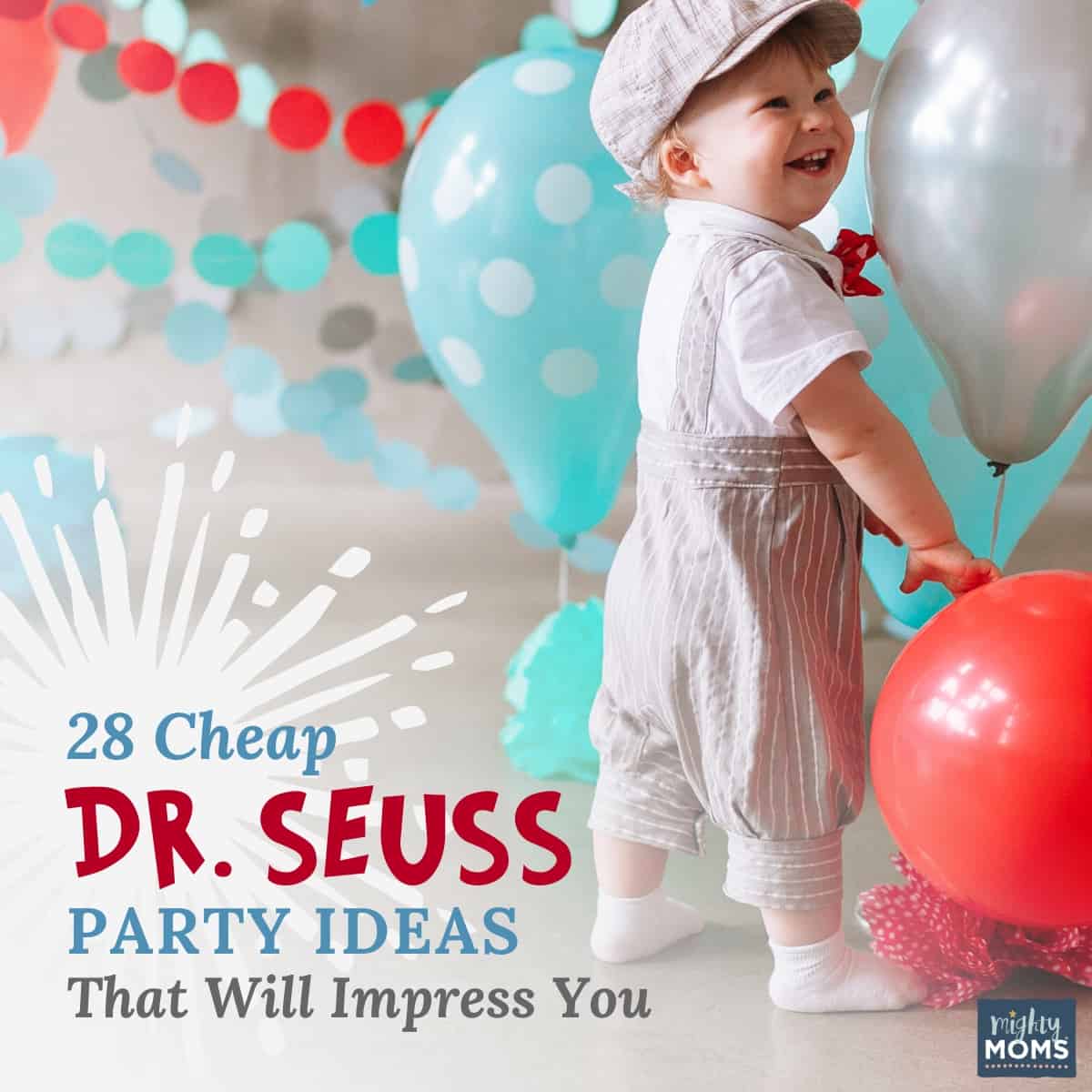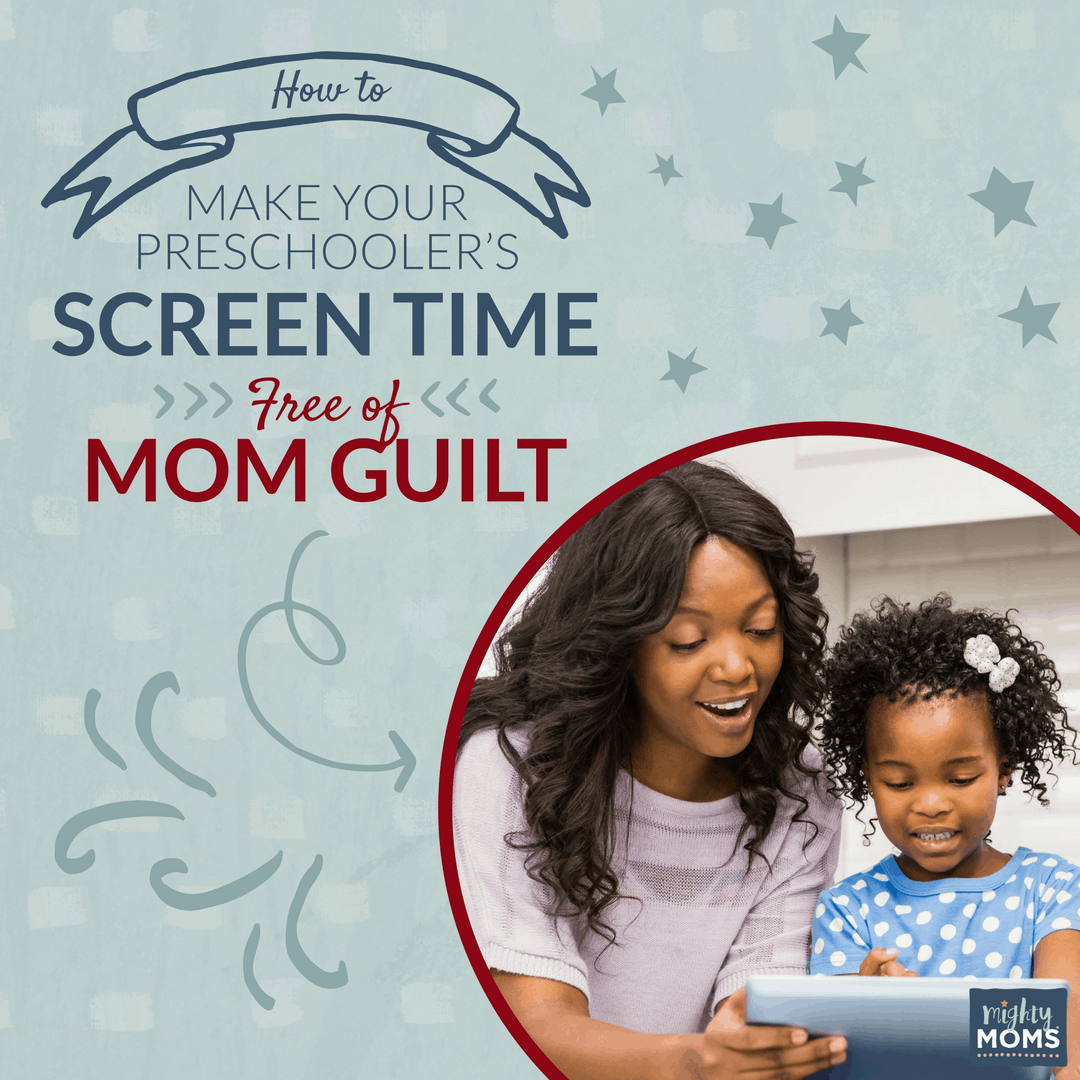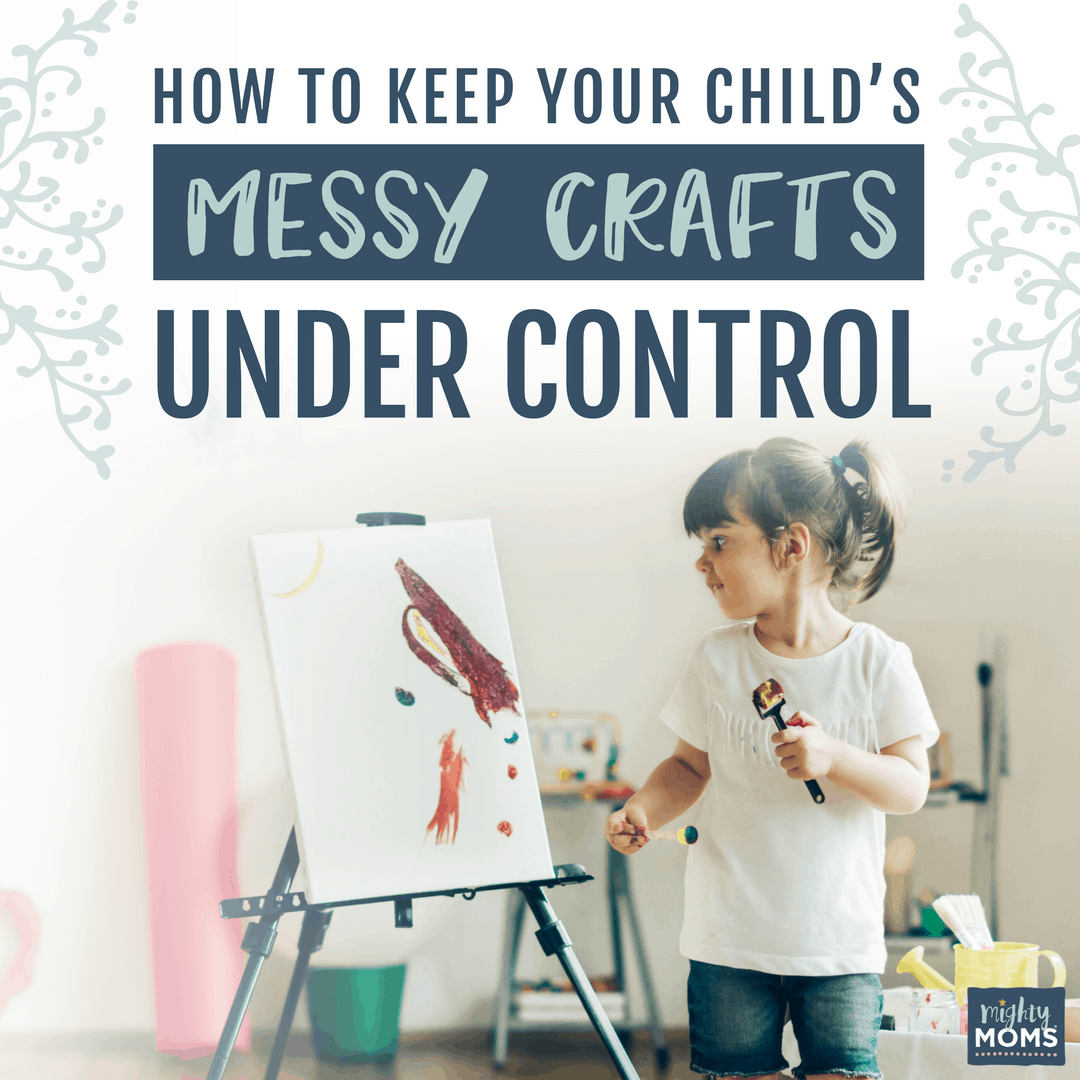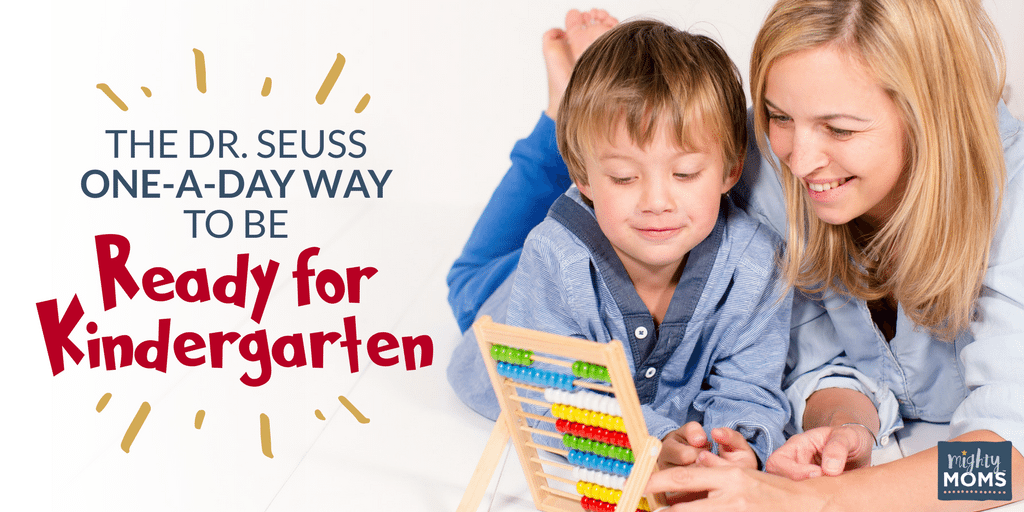
Your little “Who” is growing up faster than you ever thought possible, and school is just around the corner. YIKES!
Will he be ready for kindergarten? Will YOU?
Sure, he’s “got brains in his head, and shoes on his feet”, but does your Thing One have the skills he needs to thrive in kindergarten? Or will he be considered “behind”? What is he supposed to know?
No worries! With Dr. Seuss’ titles as inspiration, I have five EASY one-a-day ways to get your own Little Sally (or Sam) ready for kindergarten. No giant messes and spills. No cleaning machines run by hatted cats. Just simple instructions for daily choices of Seussical learning!
Seriously, Mom, you won’t mind it—not one little bit!
How to Get Your Child Ready for Kindergarten
Here’s how this works. Each day of the week corresponds with an important get-me-ready skill and a Dr. Seuss classic.
- On Mondays, you’ll work on following directions with Marvin K. Mooney, Will You Please Go Now!
- On Tuesdays, you’ll practice counting together using One Fish, Two Fish, Red Fish, Blue Fish for inspiration.
- Wednesdays are your day to focus on letter sounds using The ABC Book.
- Thursdays are a good day for him to practice sitting still for three minutes with I Can Read With My Eyes Shut.
- On Fridays, let him explore his fine motor skills by using The Shape of Me and Other Stuff.
The Key is LOW Expectations: 5 Minutes a Day
Remember, Whoville wasn’t built in a day–or even a week. Choose a pace that feels doable for you and your little Horton. Learning at this age is ALL about play–and these ideas can be FULL of fun.
Don’t worry if you miss a day (or two or three). If Wednesdays are wacky or if your “Silly Sammy Slick drank six sodas and got sick, sick, sick,” it’s okay to change things up. This is designed to provide you with a little bit of structure and a whole lot of flexibility.
Are you with me? Then, let’s climb aboard the thingamajigger, and jump right into our learning adventure!
Get Your Free Weekly Learning Checklist
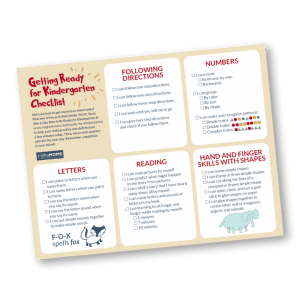
Why is that a direct link and not behind a give-me-your-email wall? Because I don’t want to bully you into a friendship.
If you like the free download, why not subscribe to my weekly email and get a free copy of 101 Ways to Be an Awesome Mom?
Or, if you’re grateful, but not interested in subscribing, can you share this article with your social media pals? That works too!
From one working mother to another, thanks!
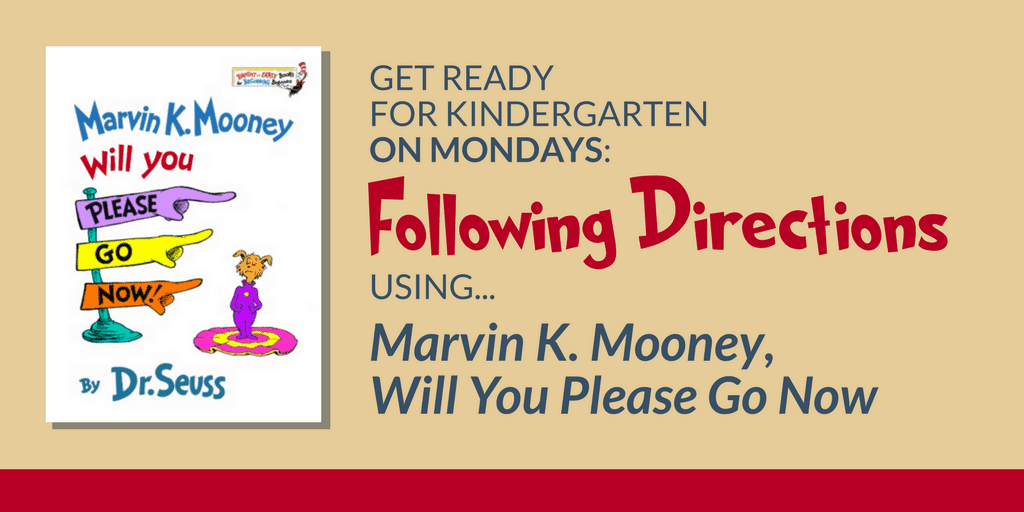
Get Ready for Kindergarten on Mondays: Following Directions
School will be FULL of directions, but Dr. Seuss’s rhymes make even obeying fun. Enjoy this book of his nonsensical instructions together, and then get set to practice some of your own.
Following directions takes TWO skills: listening and remembering. Getting your Marvin ready and willing to do both of them will set him miles ahead when he enters that classroom door.
Learning to Listen
Help him practice this skill with this easy “Follow the Leader” game (no rhyming necessary!):
- Give him one direction, like “Pat your head.”
- Give him two directions: “Pat your head, then turn around in a circle.”
- Give him three directions: “Pat your head, turn around in a circle, then bring me a ball.”
Each time, tell him not to move until you give the Magic Word. Maybe that word is Go or Zoom or Launch. Or throw in some foreign language learning and teach him to say “Let’s go” in French (Allez), Spanish (Vámanos), or Italian (Andiamo).
Learning to Remember
With his quick ability to follow directions, he’ll rapidly be at the head of the class—or in his seat ready to learn—whichever the teacher asks. (And, hey, it won’t hurt at HOME, either! *wink*)
Now switch hats and let him come up with the directions. He’ll have to remember what he said! Here are some other fun Following Directions games:
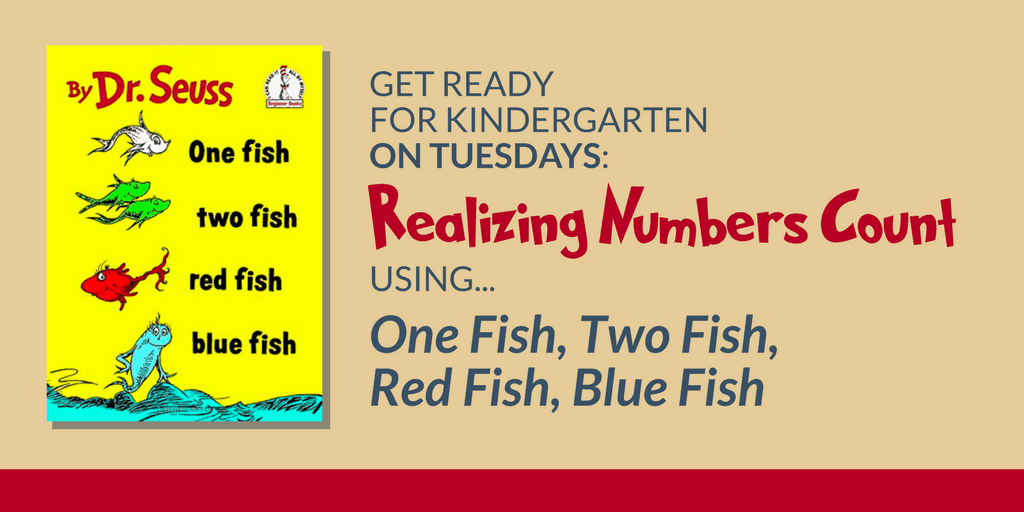
Get Ready for Kindergarten on Tuesdays: Realizing Numbers Count
We all know a Cindy Lou who can count to 100 at the age of two.
Just remember, though, if your child can’t count that high yet, that doesn’t mean she’s doomed to Grinch-hood.
The most important skill for your child to be ready for kindergarten is to learn what numbers DO. One Fish, Two Fish, Red Fish, Blue Fish is the perfect book to begin teaching these concepts!
Here, I’ll give you a few examples to explain what I mean.
Teach Her That Numbers Count
In Education-Speak, this is called One-to-One Correlation: where “one fish” equals the number 1, and “two fish” equals the number 2.
- Count fingers, count toes. Count books and apple slices. Count blocks and piano keys and steps and hops. You get the picture. Just count!
- Now count them BACKWARDS, with another good Blast off at Zero, of course!
And don’t forget to count the seven humps on Dr. Seuss’ “wump” or enjoy another of his counting books, Ten Apples Up on Top.
Teach Her That Numbers Make Groups
Help her to understand that you can “classify” these items into groups! This will be her lifelong foundation for addition, subtraction, multiplication, geometry (no, I’m NOT exaggerating) and so much more.
Red fish can go together, blue fish can go together, ones with stars can go together, ones with cars can go together, etc. etc.
Grab this fun bunch of fuzzy pompom balls and a muffin tin, and let her sort and count to her heart’s content—red balls in one slot and blue in the other.
- How many of one color?
- Now, how many of the other color?
- How many altogether?
Then let her group all those fun fuzzies back together in a nifty toy and craft storage container. (Yes, Mom, lucky for you, cleaning up is a way to learn grouping!)
Do you have any extra holiday jelly beans lying around the house? Put them to good use with these great sorting activities ideas.
Teach Her That Numbers Make Patterns
“Say, what a lot of fish there are!” When you teach her to make patterns with all those fish, you are teaching her ALGEBRA. (Yes, Mama, you can take the bragging rights!)
This skill also has a strong crossover to many other areas. For example, in reading, patterns help her predict what will come both in words and in the story.
Assuming you don’t REALLY have old and new fish sitting around your house, pull out those pompoms from earlier and a cookie sheet (to contain the mess)
Encourage your child to copy your pattern below or create her own.
- Single Pattern Train: ABCD ABCD ABCD
- Double Pattern Train: AABB AABB AABB
- Complex Pattern Train: ABBB ABBB ABBB
Not only is she using her brain for reasoning skills, she can review her colors at the same time!
Did you know that many tests consider identifying patterns as one of the strongest indicators of intelligence? It’s that important!
After all this number work, she’ll be officially “math ready” for kindergarten! Whether “some have two feet, some have four, some have six feet or some have more,” your little fish will be ready to count them all!
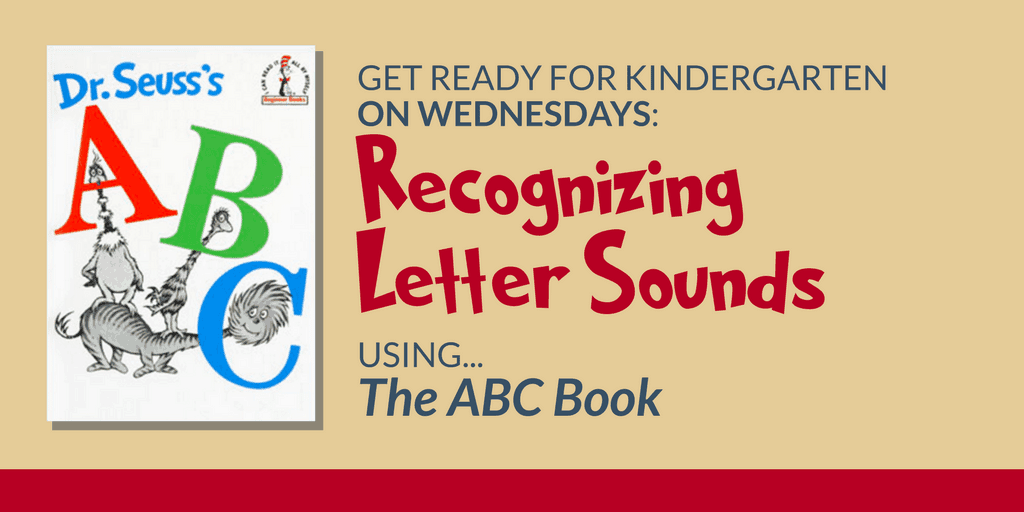
Get Ready for Kindergarten on Wednesdays: Recognizing Letter Sounds
It’s always adorable when David Donald Doo sings his ABCs. Learning the names of the letters is very important, but even more beneficial is realizing that LETTERS MAKE NOISE.
The Dr. Seuss ABC Book is filled with fun phrases that will teach your little one letter sounds. My toddlers laughed and laughed as we spat out “goat girl googoo goggles” and “barber baby bubbles and a bumblebee.”
Read a page together and follow it up with a few of these other suggestions to get your preschooler alphabet-ready for kindergarten in the fall!
Teach Him Letter Shapes
Letters are obviously the building blocks for sounds and words and stories and almost all future book learning. But goodness, there are 26 of those different buggers–with a big and little one for EACH!! And some of them look awfully alike. Eecckk!
Give your little Sam-I-Am a fighting chance. Those same observational skills that he used for those math patterns? He can practice them here to recognize the different shapes and directions that make up all those ABC’s.
- Let him practice with these magnetic ABC letters, complete with magnetic board.
- Make learning fun with Alphabet Go Fish, where he can picture both the shape AND the sound of the letters as well: “M is for Monkey.”
- Textured-touch helps make learning “stick.” Write letters on a shaving cream-filled cookie sheet or in this awesome kinetic sand (even “awesomer” because it’s easy to clean up: it has its own tray and doesn’t stick to little hands!)
- Get his whole body into the game with this “Alphabet Marks The Spot” Floor Mat. Because, for preschoolers, playing IS learning.
Help Him Make an ABC Journal
Help him create his own “I Can Read” book! You’ll need either a spiral sketchbook or one of these hardcover primary books that mix lined and blank pages.
- Help him write a nice large A on the first page with these beginner pencils or stamp with this Melissa & Doug Wooden Alphabet Stamp Set. Then glue pictures around it of objects that start with A or have an a in the middle, like ape or cat.
- Write the objects’ names under the pictures for him and let him “read” his words.
- Next Wednesday, try another page and sound.
Help Him Read the Room
By labeling everyday items around the room, you can help him understand that those letter sounds he plays with can form the words he uses every day.
Take several bright colored 3×5 cards and colorful markers, and label objects around the room like “book,” “truck,” “bed,” and “chair.”
Then next time, have him try to identify and label the items himself! Perhaps reward him with a sticker or small piece of candy for correct answers!
Let Him Enjoy Other ABC Books
Obviously, one of the best ways for him to learn to read is to practice reading! Here are several beginning readers to get you started!
If you’re feeling a little overwhelmed by all these letters, sounds, and the word “phonics,” Heather suggests The Ordinary Parent’s Guide to Teaching Reading. She loved using it with her preschoolers!
Combine some of these ideas for your little preschooler, and, come kindergarten, he’ll be reading quicker than the “Quick Queen of Quincy and her Quacking Quacker-oo.”
Which leads us to the next skill in getting READy for kindergarten…
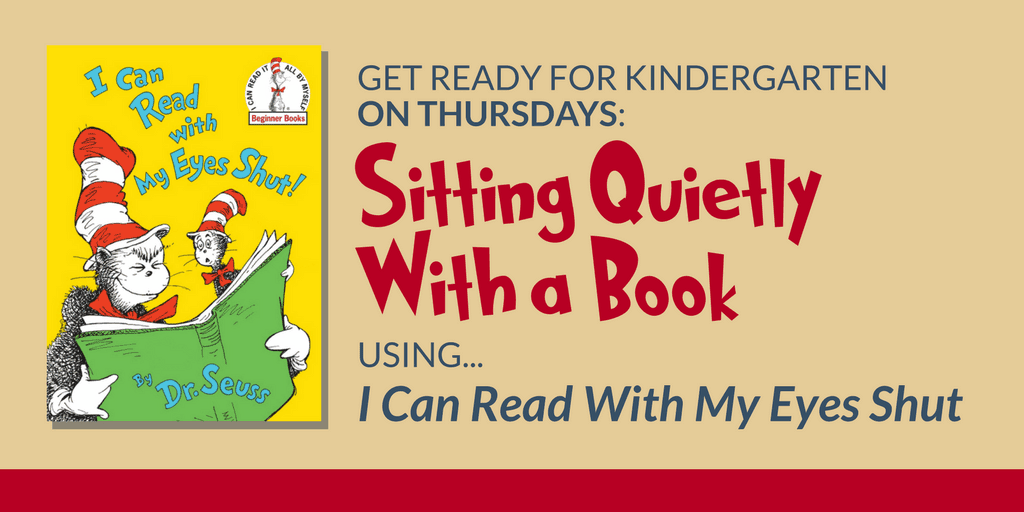
Get Ready for Kindergarten on Thursdays:
Sitting Quietly with a Book
Now, obviously she doesn’t REALLY read with her eyes shut, but this great Dr. Seuss book brings out a very important point: YOUR CHILD CAN READ!
As schools work harder and harder to “meet kids where they are,” your child will have the chance to learn at her own pace–which means, she needs to be able to sit quietly and work. Teachers call it The Daily Five:
- Word Work
- Work on Writing
- Read to a Partner
- Listen to Reading
- Read to Self
Now, when she is in kindergarten, you obviously don’t want her just staring at the wall, so now is the perfect opportunity to teach her how to sit quietly and enjoy a book by herself, teaching her two very important things about reading.
Reading is Not Just Words
In school, we call these “picture walks.” Whoever coined “a picture is worth a thousand words” knew what he was talking about!
When your child looks at the pictures, she begins to process the meaning of the story and predicts what words will be used. So, when she is finally ready to read the actual text, she’ll be reading with her eyes wide open!
Reading Takes Patience and Stamina
“My child NEVER sits still!” I hear you. I had one or two of those myself!
In order for your little scholar to be ready for kindergarten, she will need to practice sitting and working quietly—not something that comes naturally to kids—or adults, for that matter! It takes training.
This means you’re going to need a timer. Yes, you could use your phone, but I’ve found it’s helpful for the kids to have a visual marker of the time passing, like how this large timer moves from red to white.
Start with five minutes and encourage her to “read” quietly. As the weeks go by, skootch those minutes up.
For book ideas, start with ones she’s asked for a million times and probably knows by heart. You could also try the I Spy: 4 Picture Riddle Books or some of these great Little Bookworm ideas from Molly.
Believe me, if you practice this skill with your little Seussical, her future teachers will LOVE you!
Temper tantrums happen. Be stubbornly consistent, and he will learn not to keep pushing boundries. Read this article by Molly for more help with the terrible tantrums!
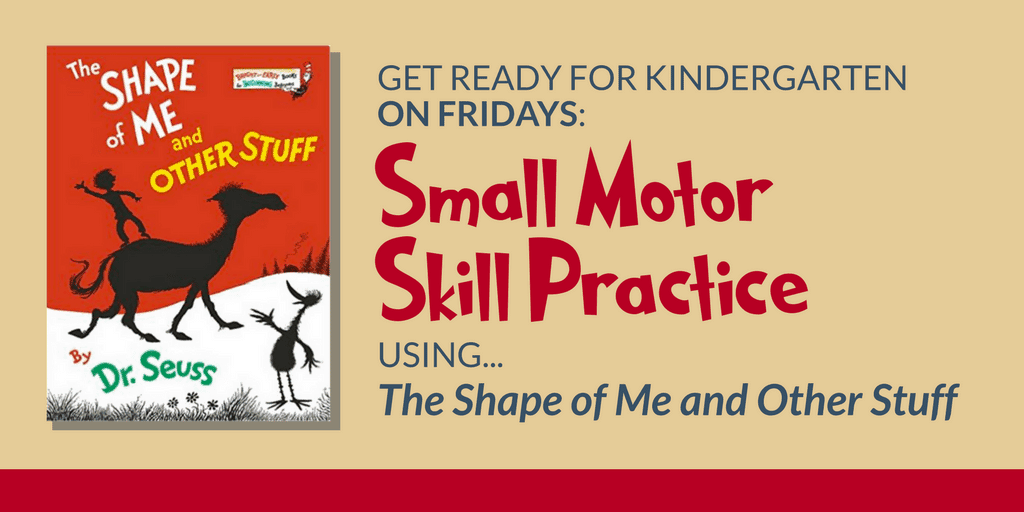
Get Ready for Kindergarten on Fridays: Small Motor Skill Practice
In this fun silhouette book, Dr. Seuss exclaims, “Peanuts and pineapples, noses and grapes, everything comes in different shapes.”
Ain’t that the truth! Just look at all those shapes in the letters and numbers your child is deciphering! Circles and lines and ovals and angles, all stuck together! Pour over the pages of this shape book with your preschooler, identifying shapes you see. “The elephant’s got circles for his head and body, rectangles for legs… and one long curvy ‘S’ for a trunk.”
But understanding shapes is helpful for more than just math and reading. Shape practice can also help your preschooler with those ever-important small finger movements, like drawing and cutting and pasting—skills that will be the foundation for your future musician or engineer or scientist.
Help Him Identify His Shapes
Help him get ready for kindergarten by letting him play with kid-friendly solid foam shapes or these outlined shape stamps. Let him stamp away to his heart’s content on a doodle pad, then have him show it to Dad that evening and point out all the shapes he remembers.
Let Him Practice His Cutting Skills
Now, don’t freak out, Mama! I know you just got a horrible vision of cut bangs and chopped up wedding pictures! But teaching him WHAT to cut is just as important as teaching him what NOT to…
Those fine motor skills will help in writing, drawing, eating, and even getting dressed by himself! The stronger that hand-eye coordination (his eye has to tell his hand where to cut), the easier he will find catching a ball and zipping up his coat. And it develops BOTH sides of his brain! (He has to turn the paper with one hand while cutting with the other.) There is even a connection between SPEECH and scissor-cutting.
Occupational therapists say toddlers should start cutting when they are two-years-old.
So, with his very own preschool TRAINING Scissors, he can practice cutting those shapes that he just stamped. Believe me, practice at home now will have him SOARING through work in kindergarten.
Here are a few workbooks he could also use for practice while you’re making dinner!
Get Ready for Kindergarten with Pasting Skills
Yes, gluing is a skill; but I don’t have to tell you that. You’ve probably spent hours wiping down tables and hands after the latest kid-Pinterest art project. “Look, Mommy, my fingers stick together!”
Be a teacher’s HERO! Let your artist KEEP PRACTICING at home. (It’ll be one less hand for Mrs. Brown to clean at school! *wink*)
Turn your junior Dr. Seuss safely over to his imagination. You know all those circles and squares and triangles he just cut out? Combine them to make all sorts of incredible animals, pasting them together in a spiral bound sketch pad with completely washable glue sticks, learning just the right amount to make them stick well.
Bonus Tip: For easy clean-up, throw a tablecloth down like this one. He can wipe up sticky spots himself!
Or try one of these done-for-you Get Ready for Kindergarten pasting workbooks instead.
Is Your Child Ready for Kindergarten?
Get Your Free Checklist to Find Out!
You can recite Dr. Seuss word-for-word. You’ve read through these ideas. You’re excited because your little Bartholomew Cubbins has already mastered some of these skills.
But you’re worried you’ve missed something. You need a short reminder of the simple skills to choose from each day. Or you just REALLY like checking off boxes! (You and me both, Sister!)
Then this list is for you! Request your very own “Getting Ready for Kindergarten Checklist” below and get started on your one-a-day learning adventure!
Oh, The Places You’ll Go!
If Dr. Seuss teaches us one thing, it’s this: Learning can be crazy fun. Making it a part of your normal routine will have your Thing One racing-through-the-halls ready for school.
Yes, kindergarten may be just around the corner, and you’re a mash-up of emotions as you look ahead! But like the great Seuss says, “Don’t worry, don’t stew.” You really DON’T need to turn your home into a preschool to get ready.
With just a few minutes of important bonding time a day, and a different category for each day of the week, you and your preschooler can be confident he’s got the kindergarten skills he needs.
“You’re off to great places, today is your day, your kid’ll move mountains, so get on your way!”
Have You Read These Yet?
We ♥ honesty! This post contains affiliate links that provide extra money for our mutual coffee habits addictions. Click here to learn more. As an Amazon Associate I earn from qualifying purchases.
